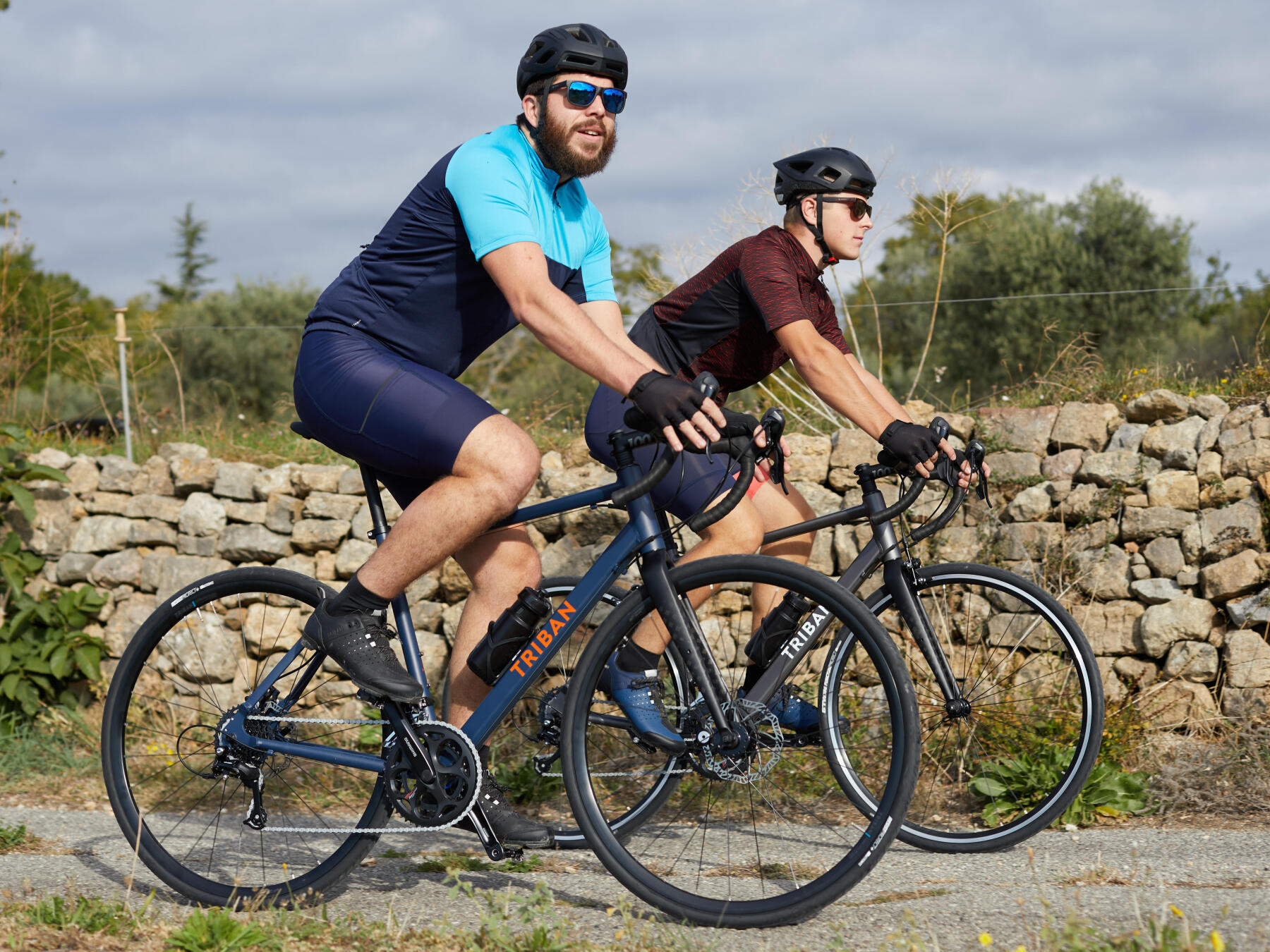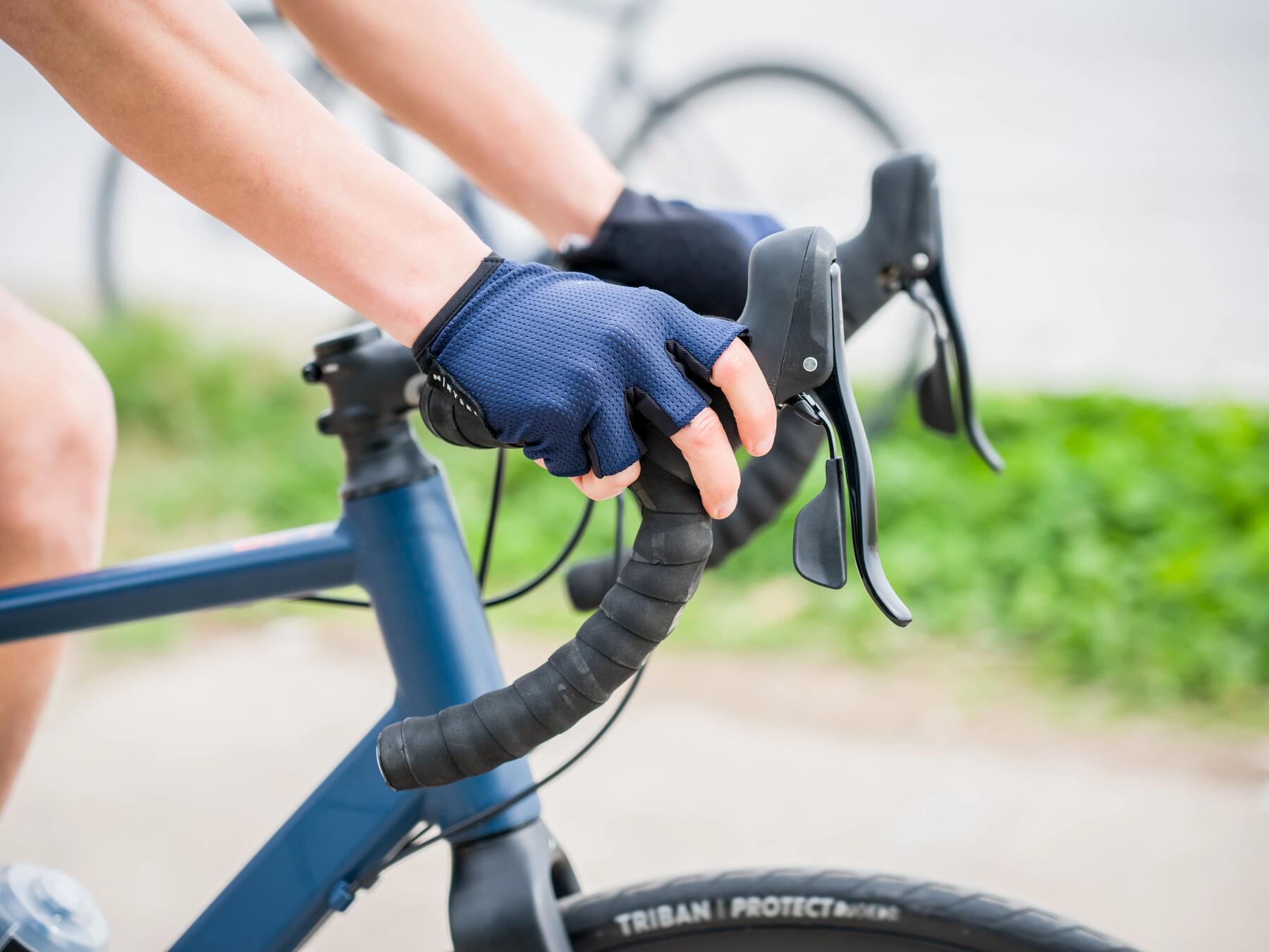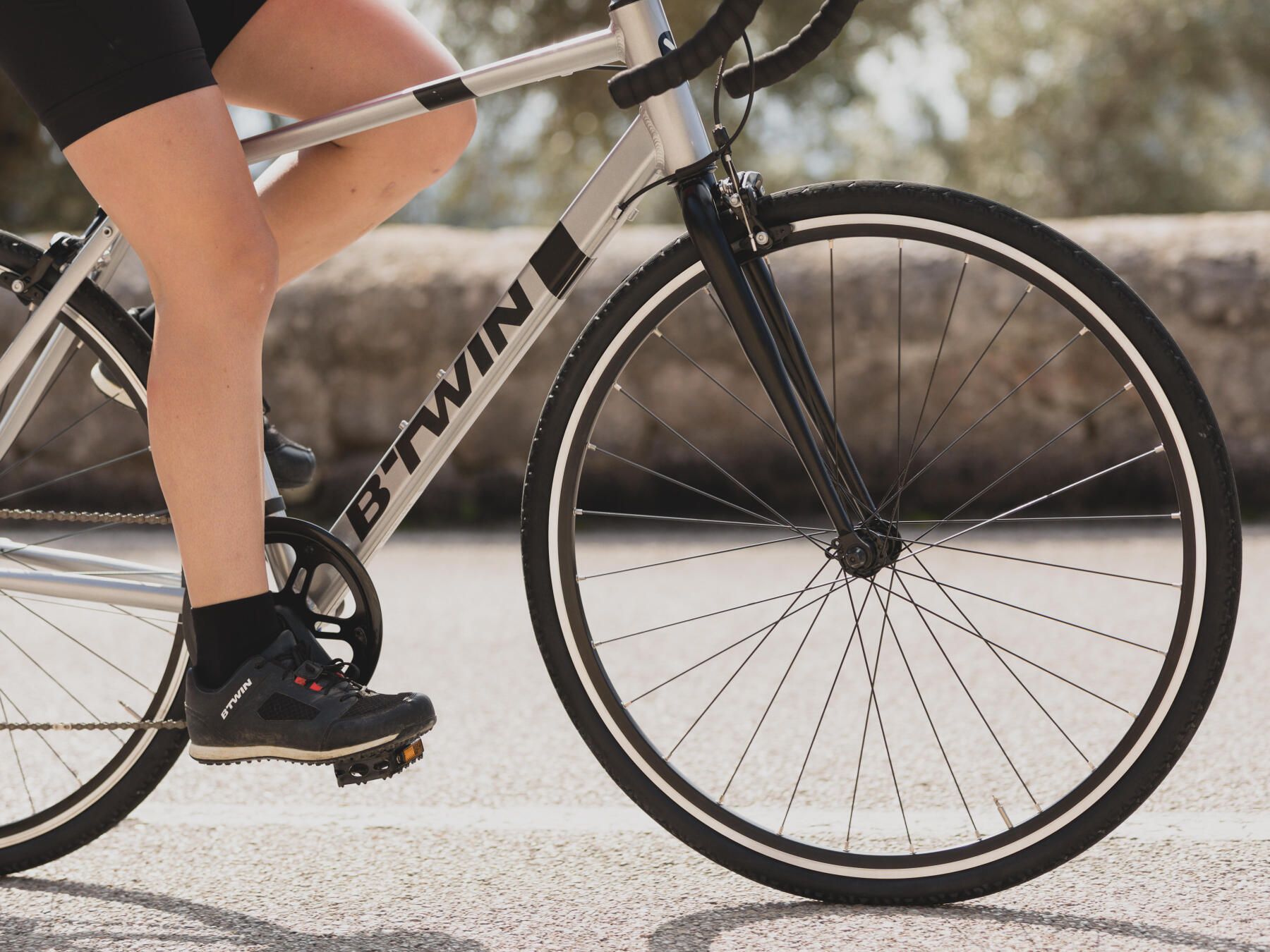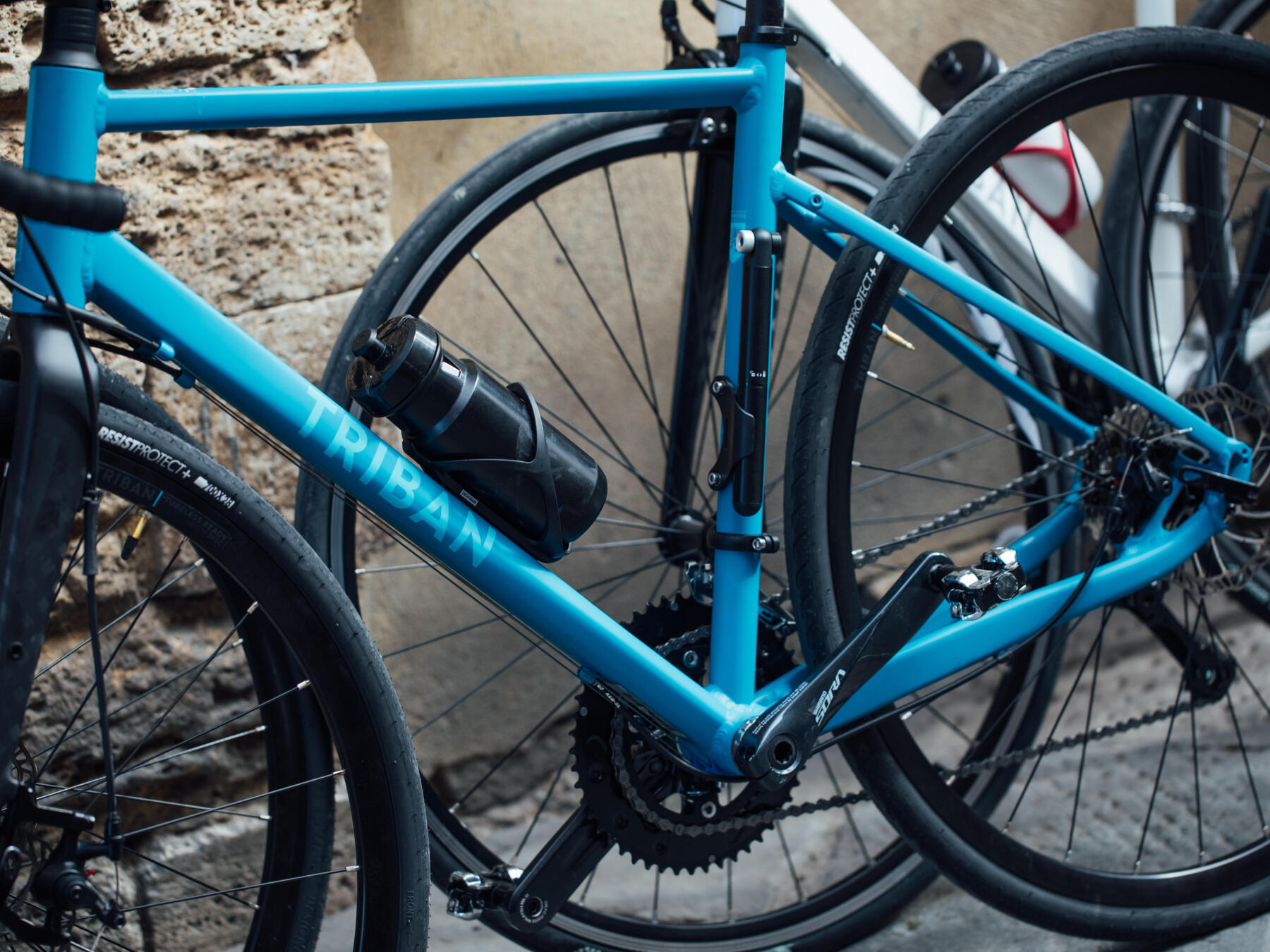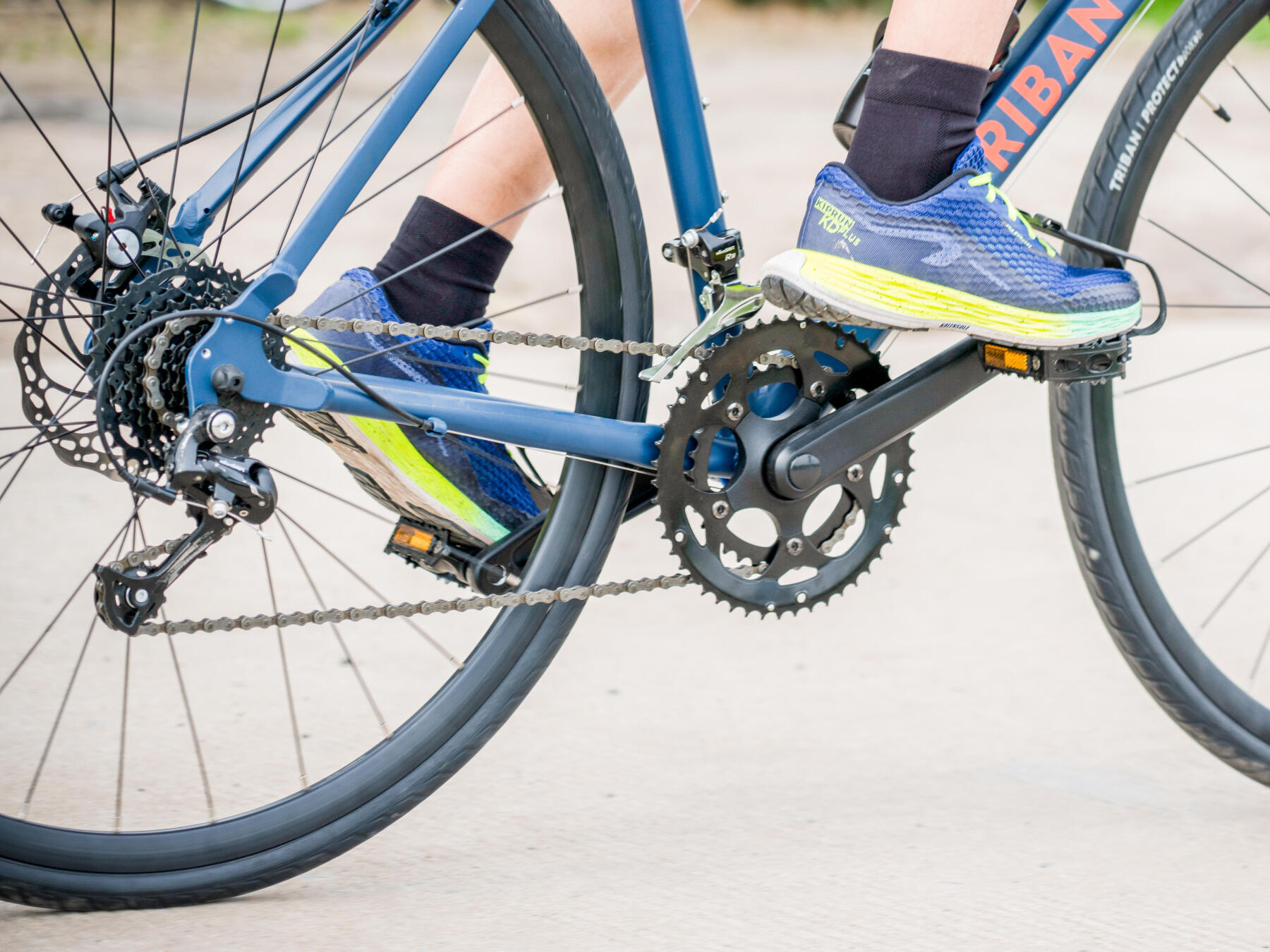What features should i be looking out for?
Most people already know how to ride a bicycle for leisure or commute, but may have never ridden for a longer distance and higher speed on public roads.
Riding a road bike is a totally different ball game as compared to a city or hybrid bike. How many speeds do you need? Why are the handlebars in a funny shape? Should I choose an aluminum or carbon frame? How wide should my tires be?
In this article, we will try our best to explain the different features of a road bike and whether someone just starting the sport should invest in them or only upgrade later on in their road cycling journey. Read on!


